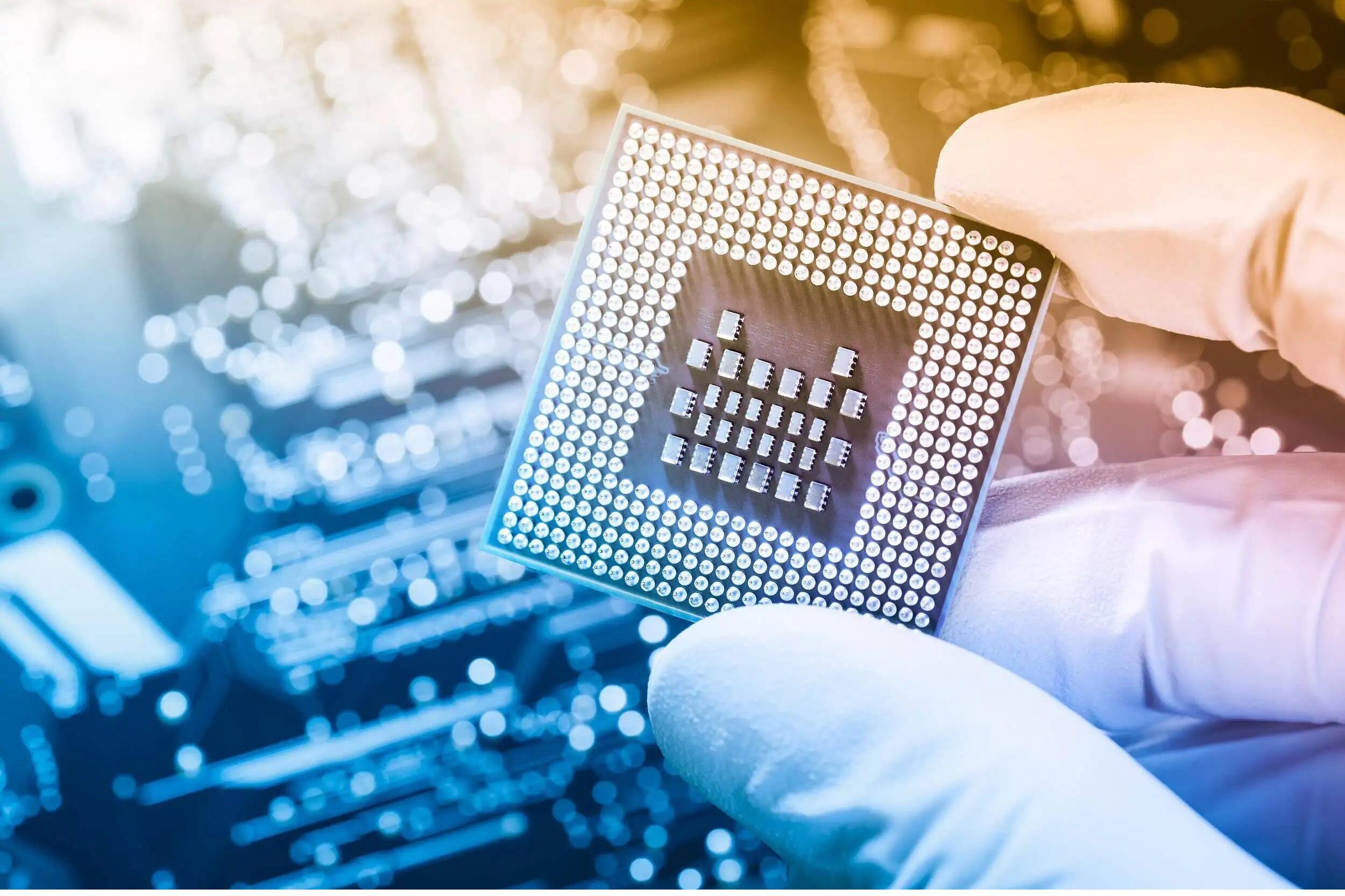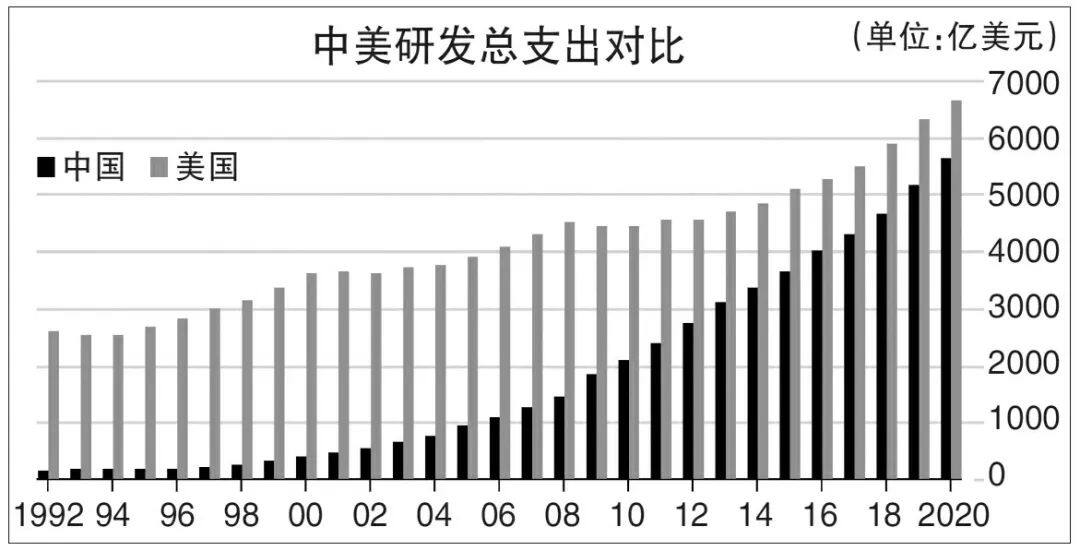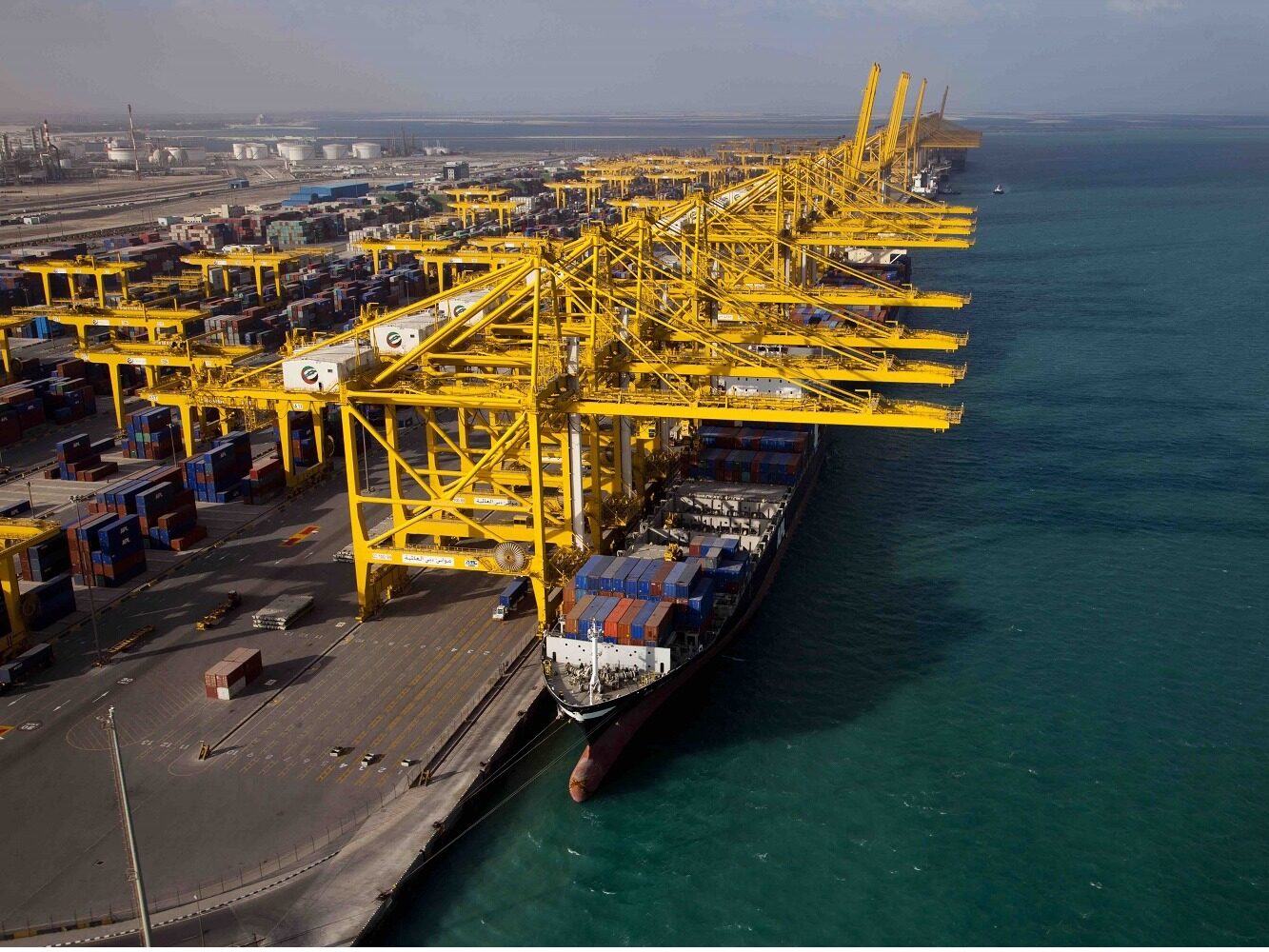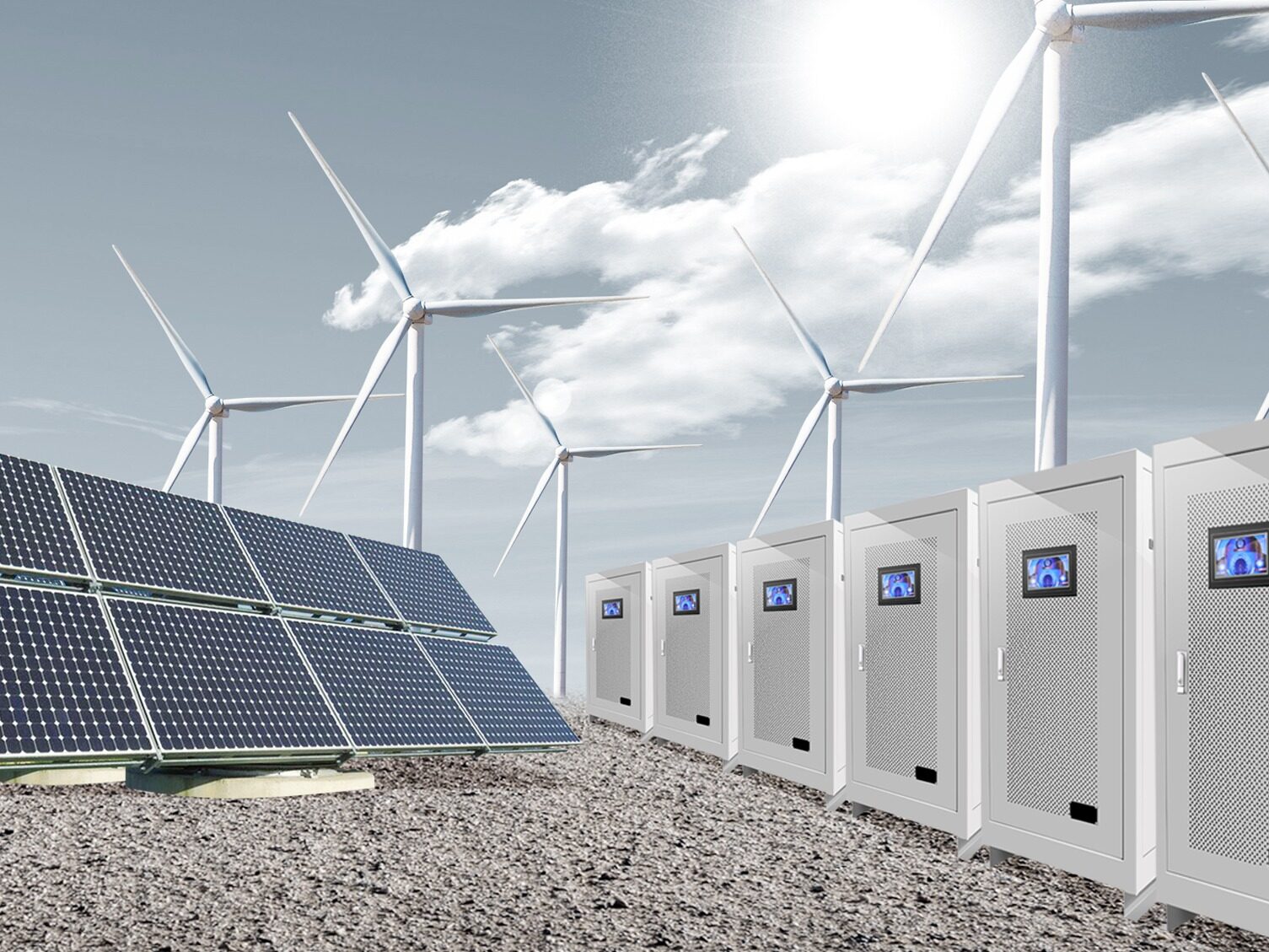- The United States is tightening restrictions on the transfer of cutting-edge technology to the world's second-largest economy
- China is the world's largest exporter and the most aggressive importer of the satellites, optical fibers, silicon and other high-tech products on which high-tech development is based

At the Communist Party's National Congress in October 2022, Chinese leaders called for "resolute victory in the battle of key and core technologies." The call reflects rising tensions between China and the United States. Here are seven points that highlight the extent to which China has closed the gap with the U.S. in state-of-the-art technology, and why the Biden administration feels so alarmed that it is dramatically increasing restrictions.

Research by leaps and bounds: China's R&D spending was barely affected by the recession. With its booming economy, China has steadily increased its investment in technology since the early 1990s. According to the OECD, China's total domestic R&D spending is now only slightly behind America's (see chart). The economic crisis has become an opportunity for China to narrow the gap. After the dotcom bubble burst in 2000 and the global financial crisis of 2008-2009, the growth of R&D spending slowed or even contracted in the US, while China continued to increase.
High-tech demand growth: China alone buys nearly one-fifth of the world's high-tech products. China's share of global high-tech imports has risen steadily over the past decade, from 16.3 per cent to 18.6 per cent in 2021 (compared with 13 per cent for the US), according to data from Kim Min-moo, a researcher at the Korea International Trade Association. Some of that growth may have to do with China's role as the world's workshop, as it imports high-tech components to assemble phones or computers for export.
Supercomputing status: China retains a narrow edge over the United States in the number of supercomputers. China surpassed the United States in the number of supercomputers in 2016, extending its lead to the largest in 2020. But that advantage is shrinking as the US tightens restrictions on China's access to advanced equipment.
Supercomputing speed: US supercomputing speed is soaring, leaving China in the dust. When it comes to supercomputer capabilities, America's limitations are a more serious problem for China. Just as China was struggling to speed up, the US suddenly ramped up speed last year, simultaneously imposing sanctions on seven Chinese supercomputing companies. The United States claims the activities harm its national security or foreign policy interests. Beijing has repeatedly rejected U.S. claims that its moves against Chinese tech companies are aimed at preventing China from overtaking the United States.
Ai Influence: China overtook the US in the share of global high-impact AI papers. In contrast to the stagnating performance of supercomputers, Chinese researchers are publishing a growing number of high-impact A.I. papers, relying on data generated by the country's more than 1.4 billion people. Chinese academics got a big boost in 2017, when the Chinese government aimed to make the country a world leader in artificial intelligence by 2030.
Chips: China's top chipmakers are catching up with U.S. rivals in semiconductor manufacturing. The semiconductor industry is emerging as the front line in the technology battle between the US and China. China's share of global chip production rose from 2 per cent in 2000 to 17 per cent in 2020, while the US halved its share from 24 per cent to 12 per cent over the same period. A Harvard University report predicted before the latest round of US sanctions that China's share would rise to 24% by 2030, while the US's would slip to 10%.
Start-up funding: Chinese tech start-ups are absorbing funding at a faster rate. Since then, the United States has expanded regulations that further restrict the sale of chip-making tools to Chinese companies. This has prompted China to accelerate the development of local developers. In chip manufacturing and other key technology sectors, Chinese start-ups raised about nine times as much money as their US counterparts last month, data show. Editor/He Yuting
Comment
 Praise
Praise
 Collect
Collect
 Comment
Comment
 Search
Search














Write something~